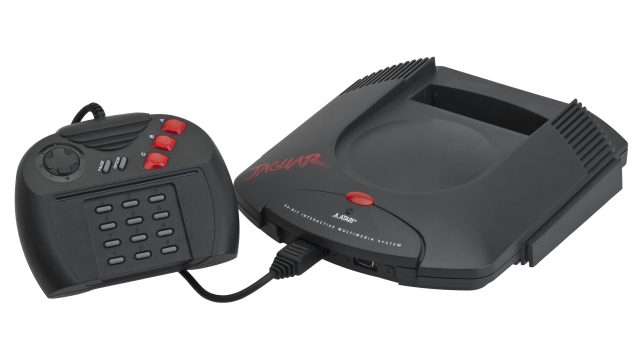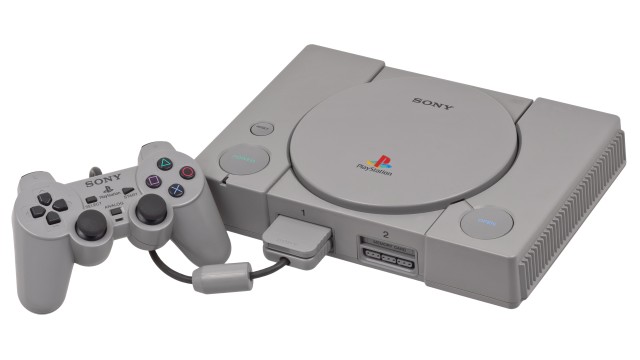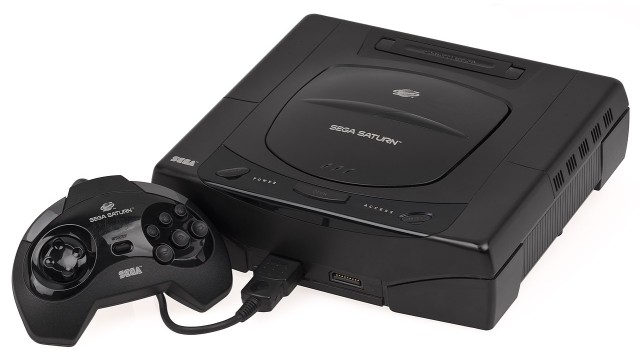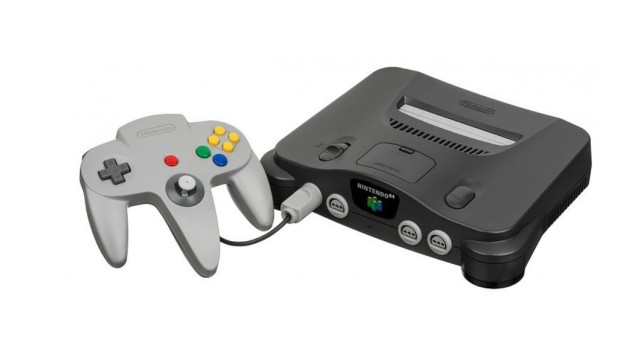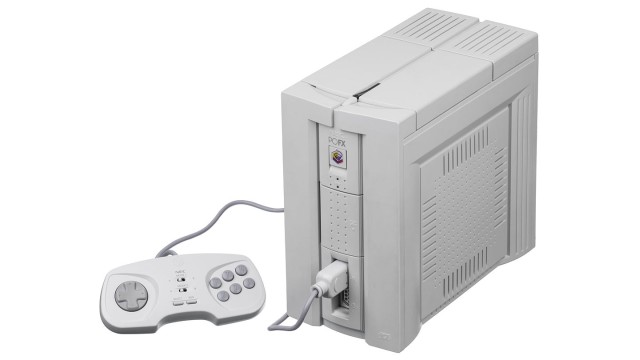
PC-FX
Launches: 1994
Discontinued: 1998
Life span: 4 years
Units sold: 400 000
Generation: 5th
Country releases of PC-FX
 Japan: Japan: | 23/Dec/1994 |
 PC-FX technical specifications
PC-FX technical specifications
CPU: NEC V810
Memory: 2 MB
 PC-FX video specifications
PC-FX video specifications
PC-FX graphics capabilities.
 PC-FX audio specifications
PC-FX audio specifications
PC-FX sound capabilities.
Audio chip:
Audio mode: Stereo
 Controllers of PC-FX
Controllers of PC-FX
 PC-FX games support
PC-FX games support
Support:
PC-FX games
Games library:
PC-FX story
The NEC PC-FX stands out as a unique entry in the realm of home video game consoles, notable for its ambitious yet ultimately underwhelming attempt to capture a niche in the market of the 1990s. Its story reflects both the rapid technological advancements of the era and the fierce competition that defined the video game industry during that period.
The creation of the NEC PC-FX can be traced back to NEC's broader strategy to leverage its expertise in computing and electronics to enter the burgeoning video game market. By the early 1990s, NEC had established itself as a significant player in the computer industry with its PC-Engine (also known as the TurboGrafx-16 in North America), a console that had found success in Japan and to some extent in the West. The PC-Engine was known for its advanced graphics and was a strong competitor against systems like the Sega Genesis and Nintendo Entertainment System. However, NEC and its partner Hudson Soft recognized the need to innovate and adapt to the changing market, which was rapidly evolving with the introduction of 32-bit consoles like the Sony PlayStation and Sega Saturn.
The development of the PC-FX began with the goal of creating a cutting-edge system that could compete with the next generation of gaming consoles. NEC aimed to build upon the success of the PC-Engine by incorporating more advanced technology into its new console. The PC-FX was designed to be a 32-bit system, which was intended to provide more advanced graphics and processing power compared to its 8-bit and 16-bit predecessors. One of the key features of the PC-FX was its use of CD-ROM technology, which allowed for larger storage capacity compared to the cartridges used by the PC-Engine and its competitors. This was expected to enable richer and more complex games, with improved audio and video quality.
Despite these advancements, the development of the PC-FX faced several challenges. The console’s design was notably unconventional, with a bulky and unconventional appearance that contrasted sharply with the more streamlined designs of its competitors. The PC-FX’s design choices were partly driven by its need to accommodate the CD-ROM drive and associated hardware, which added to the console’s size. Additionally, NEC and Hudson Soft faced difficulties in developing a strong library of games that could take full advantage of the console’s capabilities. The PC-FX was intended to focus on CD-based multimedia experiences, including full-motion video and audio, but it struggled to deliver a compelling and diverse range of titles that could attract a broad audience.
The launch of the PC-FX took place in December 1994 in Japan, marking NEC's latest attempt to capture a share of the home gaming market. The console was priced competitively, reflecting its advanced features and the cost of its CD-ROM drive. The launch lineup included a variety of games, though the number of titles available at release was relatively modest. Among the initial games were a mix of genres, including action, role-playing, and strategy games, but many of these titles did not stand out in a crowded market that included more established and popular systems.
In terms of market reception, the PC-FX faced significant challenges. Despite its technological advancements, the console struggled to compete with the dominant players of the time, such as the Sony PlayStation, Sega Saturn, and Nintendo 64. These competitors offered more compelling gaming experiences with superior graphics, more robust game libraries, and better marketing. The PC-FX's design, while innovative, was not well-received by consumers, who found it bulky and less appealing compared to the sleeker designs of its rivals.
The PC-FX’s reliance on CD-ROMs was both a strength and a weakness. While the increased storage capacity allowed for more extensive and multimedia-rich games, it also contributed to the console’s larger form factor and higher cost. Furthermore, the games available for the PC-FX were often criticized for their lack of depth and quality compared to the offerings on other systems. The console’s emphasis on multimedia and full-motion video did not resonate with gamers as strongly as NEC had hoped. Many of the games were seen as gimmicky or lacking in substance, which further diminished the console’s appeal.
Another significant factor in the PC-FX’s lackluster reception was the timing of its release. By the time the PC-FX launched, the video game market was already moving toward the next generation of consoles. The PlayStation and Saturn had established strong footholds in the market, and the Nintendo 64 was generating considerable buzz. The PC-FX, therefore, entered a highly competitive landscape with little to differentiate itself in a meaningful way.
The market performance of the PC-FX was disappointing. The console struggled to achieve significant sales numbers and failed to capture a substantial share of the market. NEC’s decision to focus on the PC-FX’s multimedia capabilities, rather than investing in more traditional gaming experiences, may have contributed to its failure to connect with a broad audience. Additionally, the PC-FX’s limited library of games and its inability to compete with the superior graphics and gameplay experiences offered by its rivals further hindered its success.
Ultimately, the PC-FX’s commercial performance was a disappointment, and NEC decided to discontinue the console in 1998. The failure of the PC-FX highlighted the difficulties faced by companies trying to compete in the rapidly evolving video game industry, where technological innovation alone was not enough to guarantee success. Despite its shortcomings, the PC-FX remains an interesting footnote in the history of video gaming, representing an ambitious but ultimately unsuccessful attempt to push the boundaries of home entertainment technology.
Previous NEC console: Turbografx
